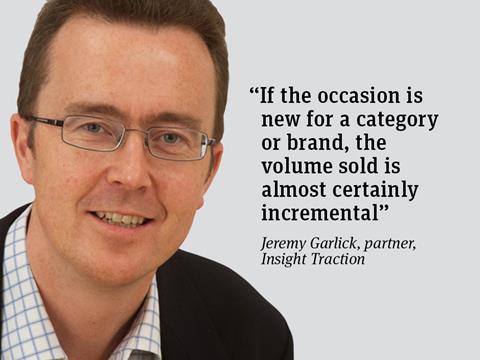
We help lots of companies with growth strategies, across many categories. I am struck by how often the key questions they ask are similar. How can we grow a category that has shown little or no growth recently? In the context of deflation driven by discounters? With high levels of promotion in recent years having reset consumer perception of what is a fair price?
The detail of the answers varies considerably but is always a combination of increasing usage and earning a price premium. And intelligent merchandising is a fundamental support.
The first way to increase usage is to take the category into occasions it is not associated with. Breakfast biscuits is a well-known example, with BelVita leading in a whole new bay in most supermarkets. Cooked meats is another. It used to be about something for a sandwich, but now it seeks growth from ‘ingredient for weeknight meals’ and ‘on-the-go snacking’.
The second way to increase usage is to establish a new regime at an existing occasion. Moist toilet tissue is an example. It is used alongside dry paper so now the consumer needs two products, not one. It is harder in food, with many consumers looking to control calorie intake, but it can be done. The naan with a curry, wine in a meal deal, cake with coffee, especially out of home.
If you can’t find new occasions or regimes, then earning a premium by being better is the alternative. Companies like P&G and Unilever show the way: ‘2 in 1’ becomes ‘3 in 1’ becomes ‘4 in 1’ as products are improved. These companies have shown that with the right consumer insight, strong communication and the ‘body language’ of pack design, consumers will pay more for better. In food, the reason to believe is often provenance or artisanship - think of Kettle, Innocent. In alcohol, it can be pure aspiration - Corona or Peroni.
Whether you seek increased usage, or to earn a price premium, intelligent merchandising is critical. There are many examples of the right products not being displayed optimally and category growth suffering. Intelligent merchandising is about maximising distribution of the category across relevant outlets. But it is also about careful design of flow and layout. All positions in store and on shelf are not equal. Ensuring that the products most likely to deliver category growth have the best chance of being noticed is central to success for retailers.
So the actions and priorities vary by category. But the route to growth is always increasing usage or earning a premium, and intelligent merchandising is a crucial support. Get these areas right, and your category can be grown, even in a challenging environment.
Jeremy Garlick is a partner of Insight Traction



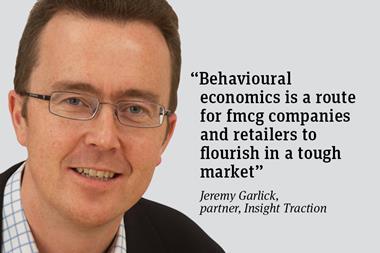
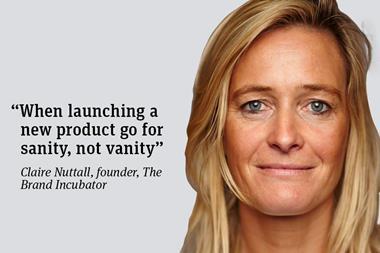
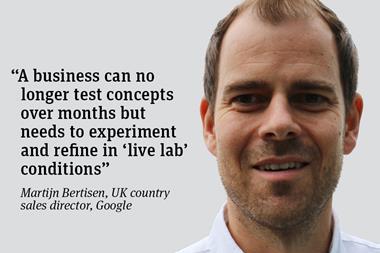
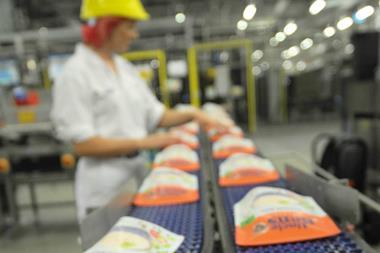

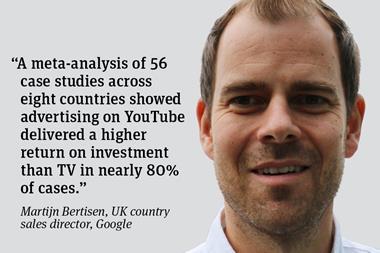
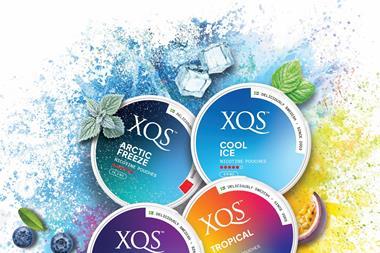


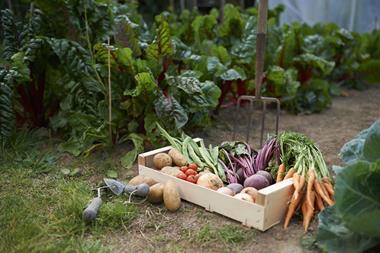


No comments yet